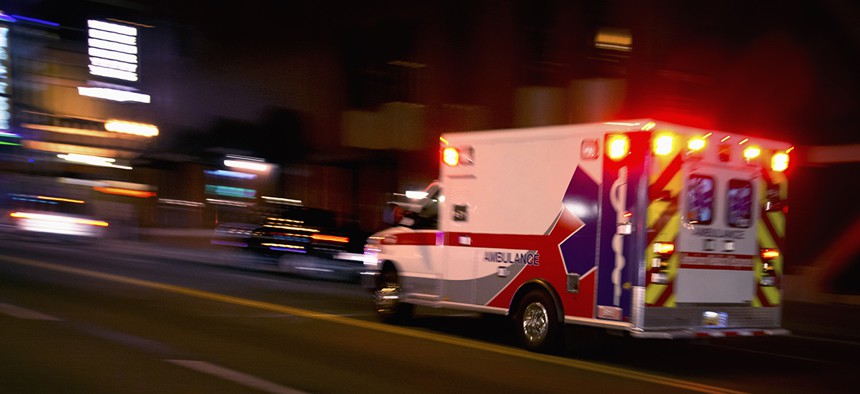FirstNet's Message To Tech: First Responders Could Be The Next Big Market

cleanfotos/Shutterstock.com
Public safety officers have unique needs, and tech companies need to start thinking about them.
There at least 5.4 million first responders in the United States, and consumer tech companies should think about ways to modify their products for public safety use, one senior official says.
For the average person, thumbprint authentication on a smartphone might be a quick and easy way to avoid passcodes. But for a public safety officer in protective gear, rearranging equipment to expose thumbs might be impossible.
TJ Kennedy, president of FirstNet, the public private partnership building a broadband network exclusively for public safety users, needs private sector's help coming up with new ways to securely authenticate devices, he said at an AFCEA event Wednesday.
That network, not yet deployed, is designed to help first responders get more accurate information about disasters sooner; for instance, future firefighters might download apps on that network that tells them the status of the fire they're driving toward.
"Public safety has unique requirements," Kennedy said—officers on the job might be trying to authenticate into smartphones from their motorcycles, on horseback, or in trucks or helicopters. They also need heads-up displays that allow them to do physical tasks while digesting real-time data.
He asked tech companies to "challenge your R&D teams, challenge your board of directors to solve the problems for public safety. Come up with the tools that allow you to have dual authentication without a 12-digit, uppercase, lowercase, special character password. They exist today, but must of you don't use them."
Authentication systems better fit for first responders might include iris scanners or voice recognition, especially in fields where several people are responding to a call or changing shifts. He suggested tech companies talk directly to the nation's fire departments to make sure "what you're bringing to the table will work for them."





